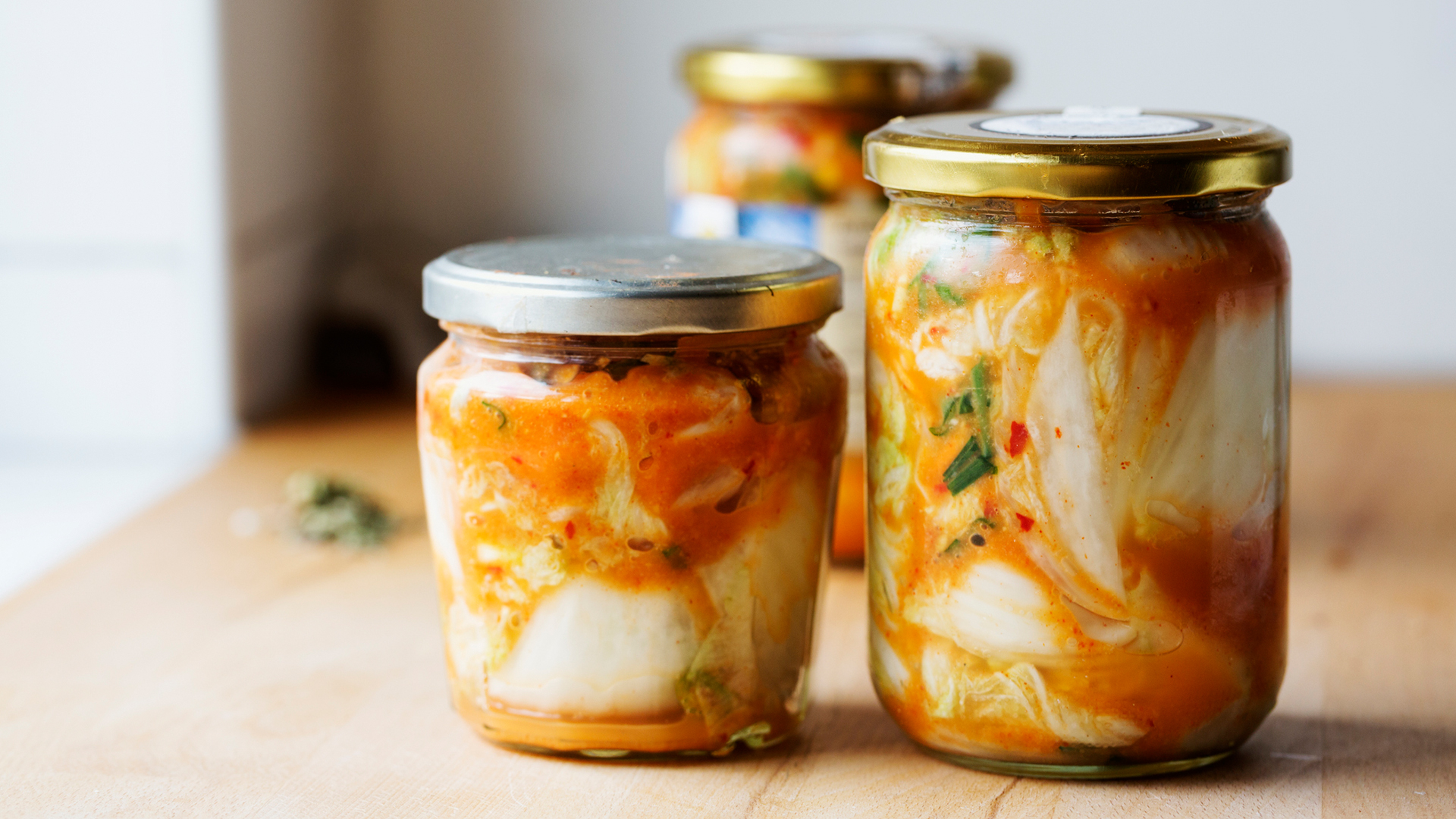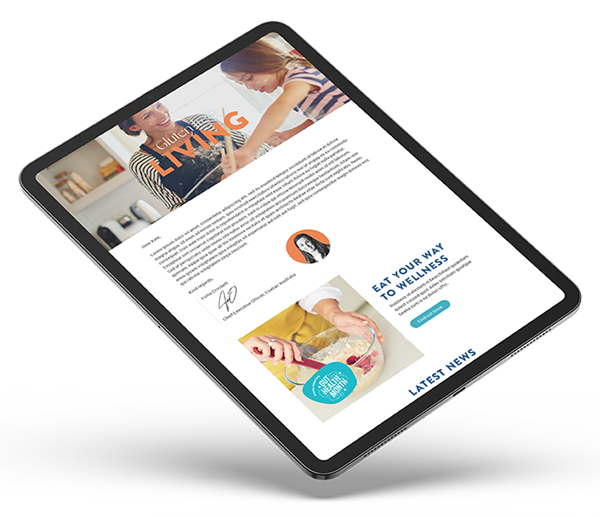ARTICLES > THRIVE
DIABETES AND COELIAC DISEASE: WHAT’S THE LINK?
Did you know that if you have Type 1 diabetes, you have an increased risk of coeliac disease? We talk about managing these conditions together.
By Selina Altomonte
Coeliac disease is more common in people who have Type 1 diabetes as both are autoimmune conditions. In fact, Coeliac UK reports that between 4 and 9 percent of people with Type 1 diabetes will also have coeliac disease.
It has also been announced that from 2024 Italy will screen children aged one to 17 for both – a move that has been applauded by advocates of coeliac disease awareness worldwide. Having coeliac disease can make diabetes symptoms harder to manage, and in children who are diagnosed with both conditions, it’s crucial that they receive the right nutrition to thrive.
The connection between T1D and CD relates to a common genetic background – the HLA genotype – that is common to all autoimmune conditions. Environmental factors also play a role in development. In a 2022 study published in Cureous journal, researchers recommend early screening for CD in T1D patients.
If you have Type 1 diabetes, take the time to screen for coeliac disease as some of the symptoms overlap and may be attributed to diabetes. Coeliac disease can also be asymptomatic, but the risk of long-term damage remains if unchecked.
There is no increased risk of coeliac disease in people with Type 2 diabetes.
WHAT ARE THE SYMPTOMS OF TYPE 1 DIABETES?
- Rapid weight loss
- Fatigue
- Excessive thirst
- Urinating a lot more often
- Slow healing of cuts or grazes
- Blurred vision
Don’t be tempted to ‘Dr Google’; seek a diagnosis by speaking to your GP, and if you are diagnosed with both T1D and CD it can be overwhelming at first so it’s wise to speak to a dietitian to help you understand your dietary needs.
MANAGING YOUR DIABETES AND COELIAC DISEASE
Sally Marchini of Marchini Nutrition is an Accredited Practising Dietitian who was diagnosed with Type 1 diabetes as a child, and coeliac disease in her thirties. Her own experience of managing two autoimmune conditions helps her empower clients dealing with the same complexities, and her expertise is in supporting fertility and pregnancy in those with coeliac disease.
For individuals with a double diagnosis of coeliac disease and diabetes, committing to a strict gluten-free diet is the first step, supported by an understanding of Australian dietary guidelines and which foods contain carbohydrate for diabetes management. “It is manageable; it’s just a steep learning curve for some people,” Sally shares.
And there are misconceptions that need to be overcome. “People choose things just because they’re labelled gluten free, but gluten-free foods are not always more nutritious, and the gluten-free diet isn’t always healthier,” she says.
Gluten-free bread is a case in point. University of Chicago Medicine reports that gluten-free flour substitutes typically consumed by individuals with coeliac disease tend to be higher in carbohydrate content than their gluten-containing counterparts, making them unsuitable for those who are co-managing CD and diabetes.
One commercial gluten-free bread, Sally found, contained twice as much fat and 25 per cent more carbohydrate per serving than bread made with wheat. Another crucial lesson is that tapioca starch, which is commonly used in gluten-free breads to improve texture, has an incredibly high glycaemic index (GI) – raising blood sugar quickly. It also contains little nutritional value.
Sally’s groundwork with clients involves replacing gluten-containing grains with gluten-free options and teaching them how to get carbohydrate energy from other, more nutritious sources: this includes whole grains including quinoa, buckwheat and red, brown and black rice. She also teaches her clients about understanding their gut microbiome, as gut health impacts the immune system.
“Personally, I try to think about how much nutrition I can get into each meal,” she shares. A perfect lunch for her consists of a salad of avocado, tomato, four-bean mix for carbohydrate and a tin of red salmon for omega threes, which is “really good for inflammation”.
However, Sally stresses that everyone is different, so there’s no one-size-fits-all protocol. Understanding your stage in life, social history, the medications you take and even your cooking ability will inform the best approach for you. Guidance from a professional that suits your individual needs makes all the difference, and managing your diabetes and coeliac disease needs to be achievable and aligned with your unique lifestyle.
She does have a piece of advice that applies to all: “Enjoy food,” she emphasises. “Try not to focus on what you can’t have – there are so many delicious options that are available to you, that you shouldn’t miss out on.”
READ THIS NEXT

GLUTEN-FREE FOODS FOR GUT HEALTH
Can certain foods improve your gut health when you have coeliac disease? Get into the fascinating world of the human gut and the power of fermented foods.

WHAT DOES ‘MAY CONTAIN GLUTEN’ MEAN?
What does ‘may contain gluten’ on a food label mean? Should you avoid these products? Here’s what you should know.

FIVE STRESS-BUSTING STRATEGIES FROM A PSYCHOLOGIST
Living with coeliac disease adds to the complexities of life so it’s important to manage stress. We’re working with these simple but effective tips.
See more















Your comment
I think it is really important to be fully informed about all aspects of CD.
Great article. there needs to be more information for T1 & coeliac. I am a struggler